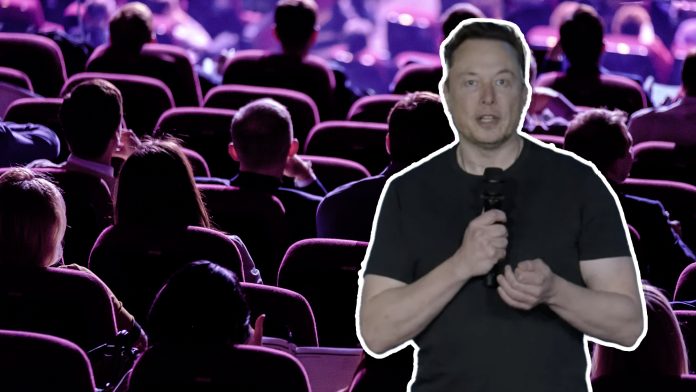Earlier this week, Tesla CEO Elon Musk revealed the third act of his “Master Plan” at the automaker’s annual Investor Day.
Speaking to investors at the Tesla Gigafactory in Austin, Texas, Musk discussed Tesla’s next steps over the course of a three hour presentation. Highlighting the importance of sustainability, the entrepreneur revealed that the automaker will be investing heavily in renewable energy, with an anticipated expenditure of $10 trillion. Part of this budget will go towards increasing global energy storage capacity, with a target of 240 terawatt-hours. Each terawatt-hour is equivalent to one trillion watts per hour, with global consumption averaging roughly 63TWh per day in 2019.
In comparison, the International Energy Agency forecasts worldwide energy storage capacity to reach only 12TWh in 2026. The CEO had few details to offer for his “Master Plan” other than an estimate for the amount of nickel needed for such a project, which he believes to be under 30% of the earth’s total supply. No new vehicles were revealed during the Investor Day presentation, although two new models were teased, along with references to electric airplanes and boats. The entrepreneur also highlighted a new manufacturing method, titled the “Unboxed Process,” which would allow vehicles to skip the initial assembly used for painting.
Reactions to Wednesday’s Investor Day have been mixed. Some analysts have voiced cautiously optimistic opinions over Musk’s promises, citing the company’s historical strength and its comfortable lead in the electrification space. However, shareholders were less forgiving, evidenced by a 5% drop in Tesla’s stock values immediately after the presentation. Some of this could be due to the lack of details the CEO was prepared to offer. Many of Musk’s promises, including some made in his previous “Master Plan” presentation, remain largely unrealized. Whether the entrepreneur’s vision for a sustainable future will rally investors to Tesla’s side remains to be seen.




